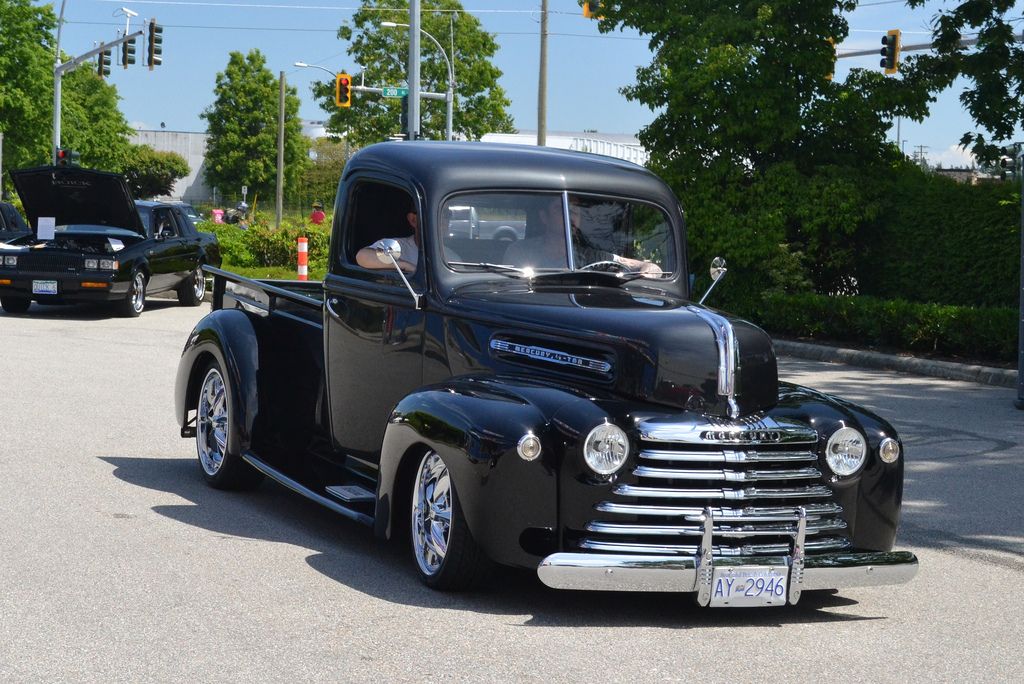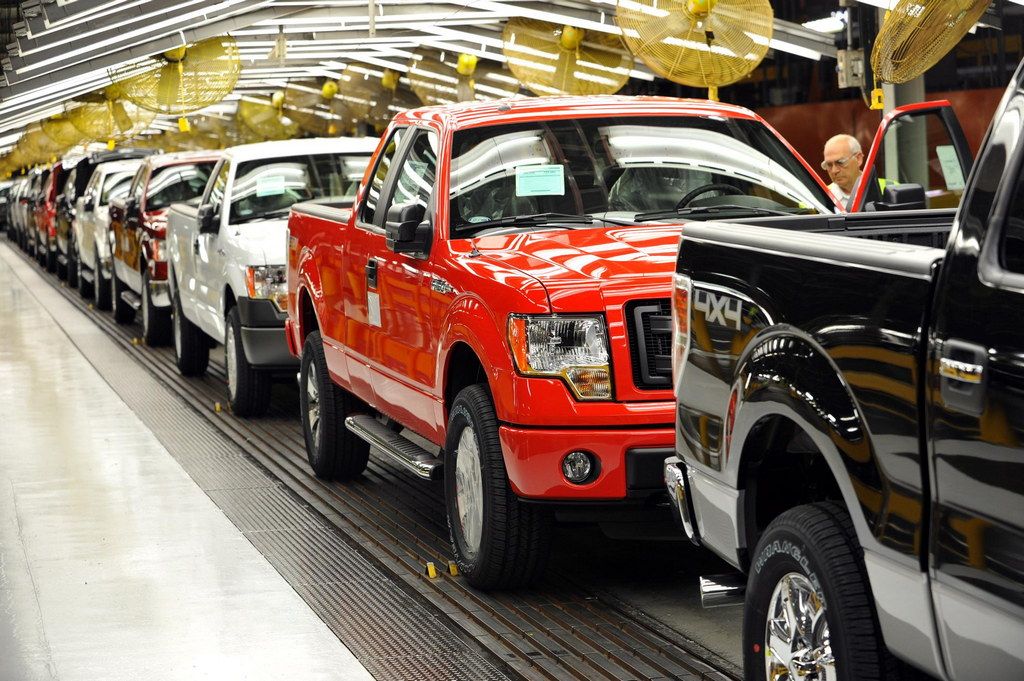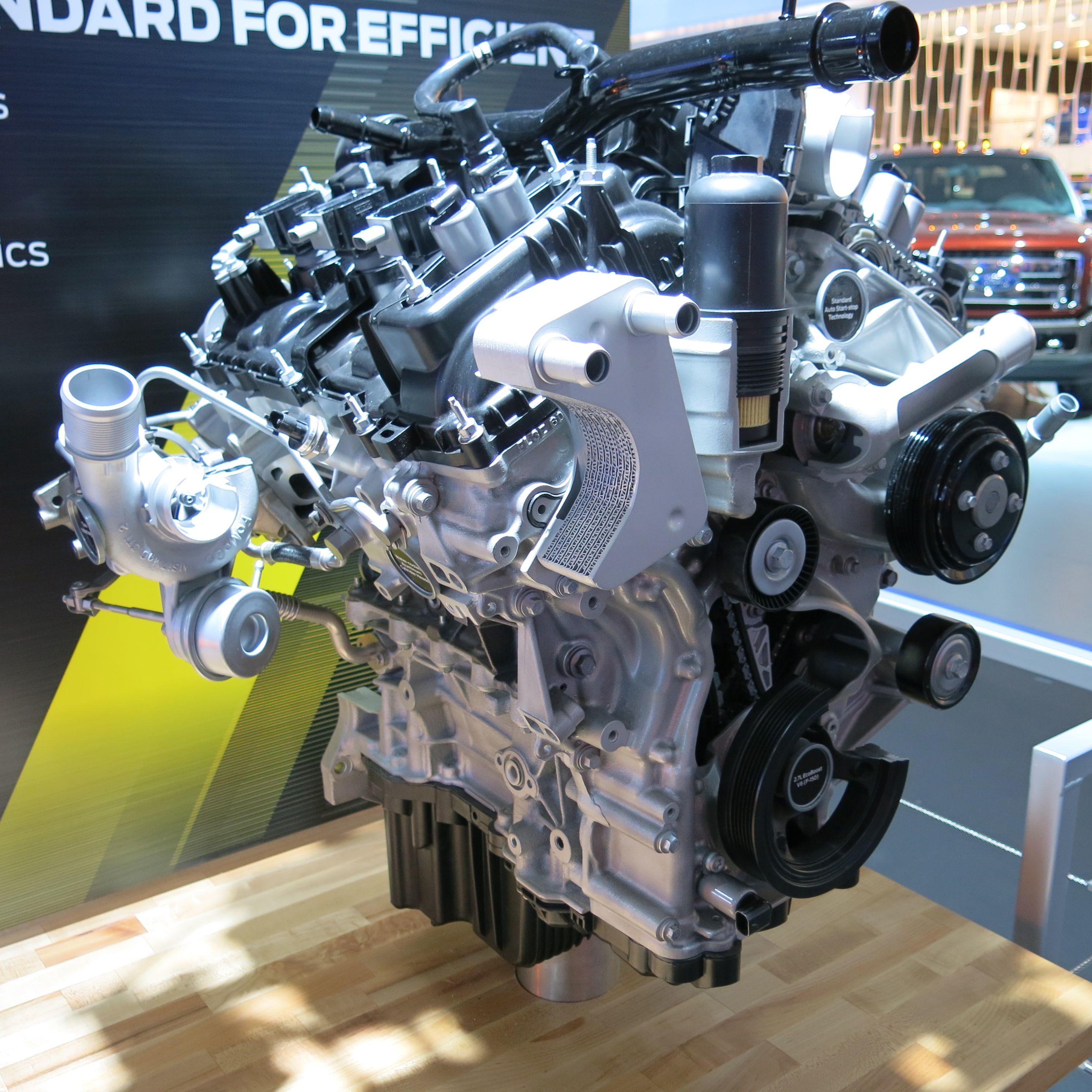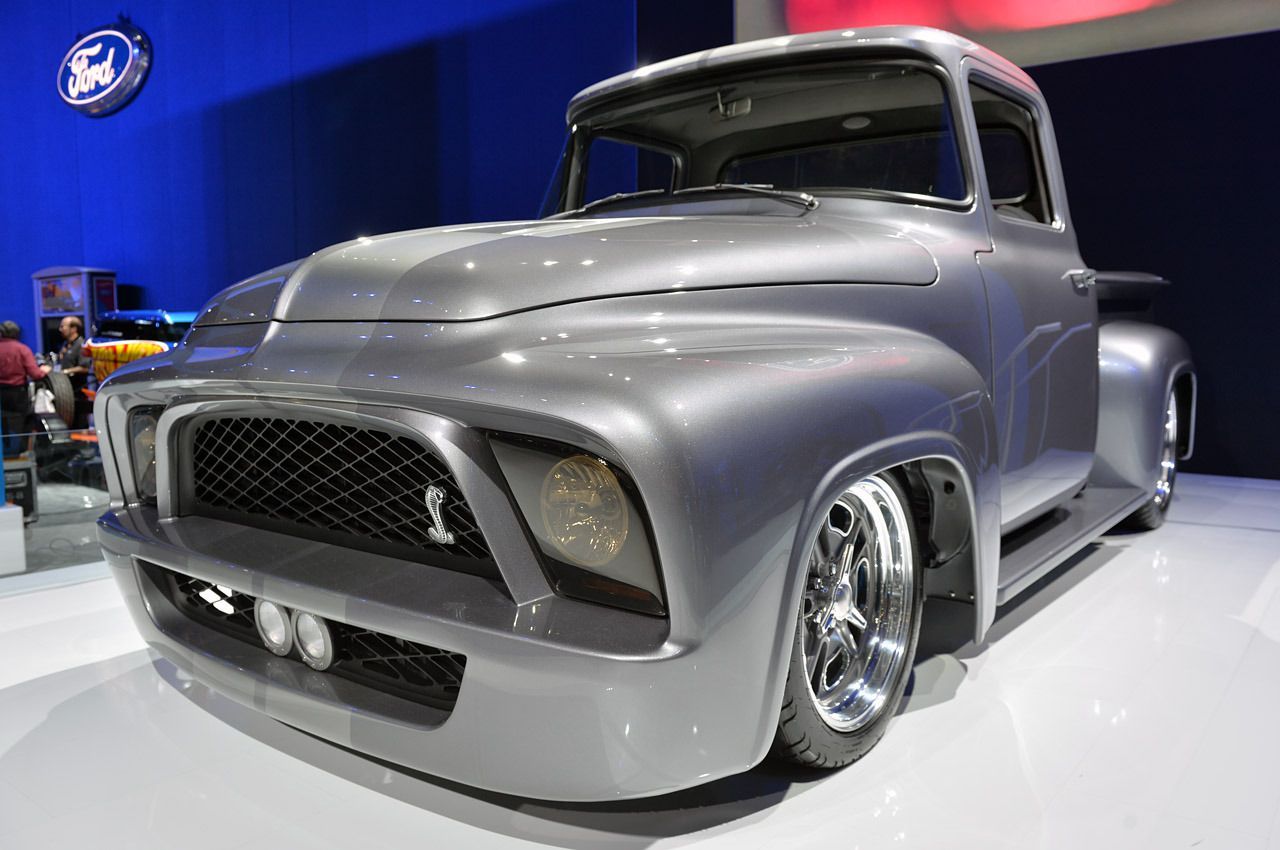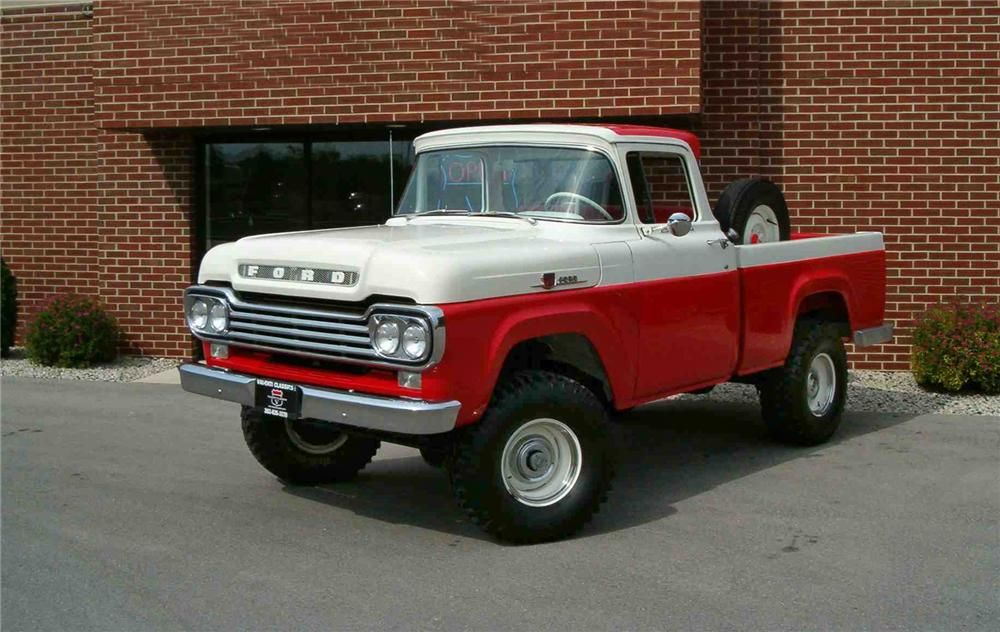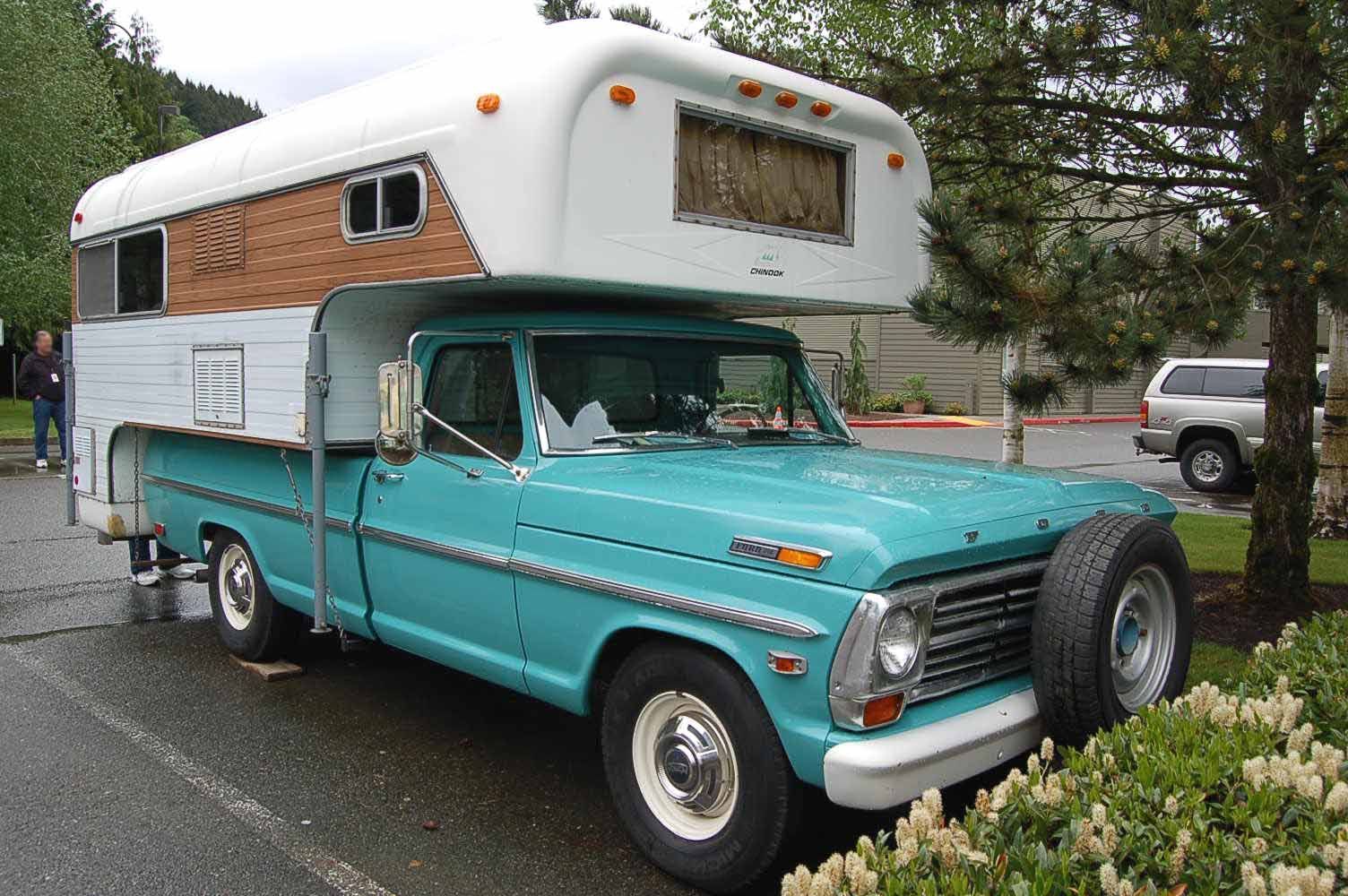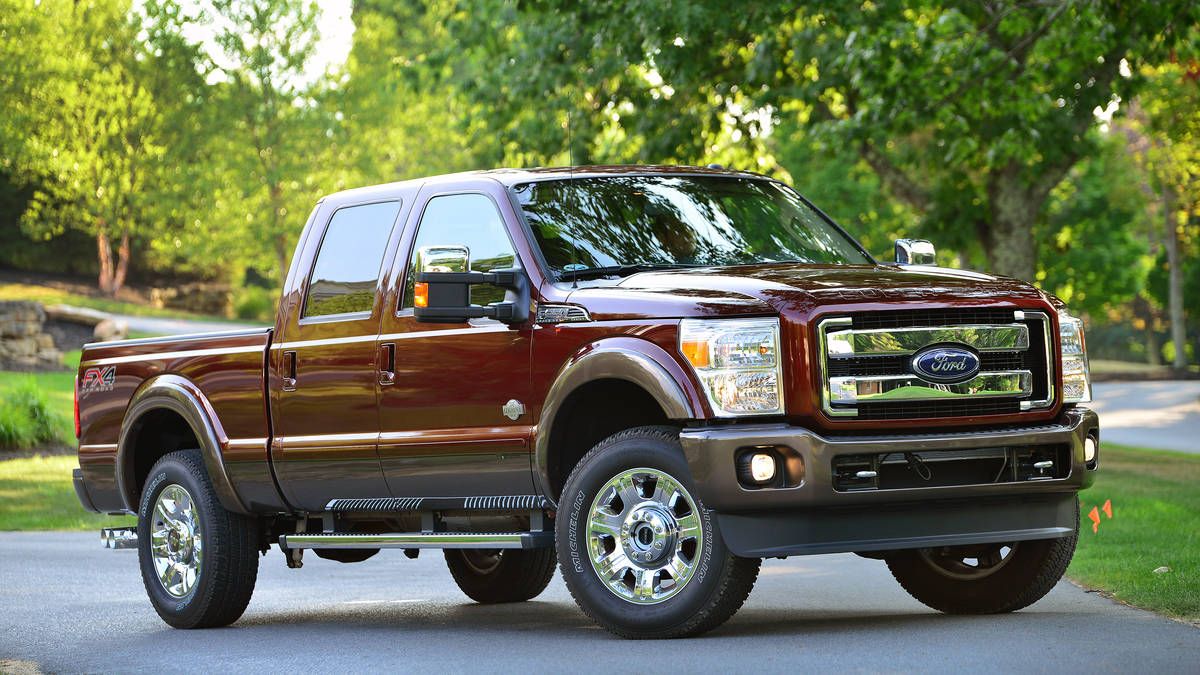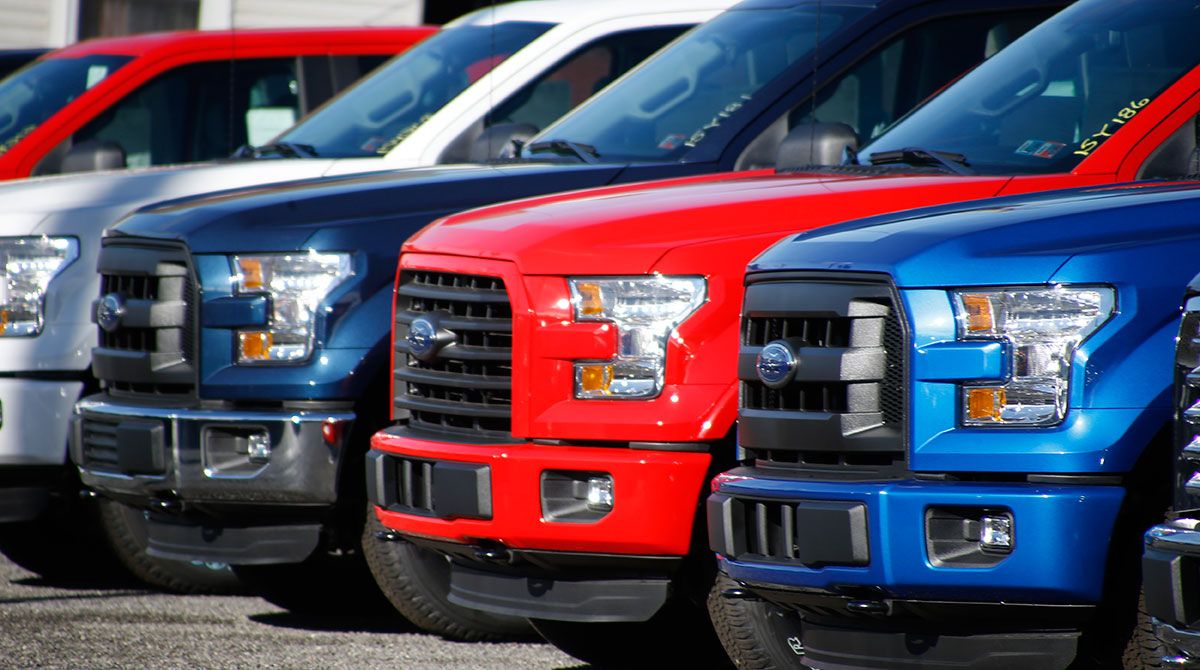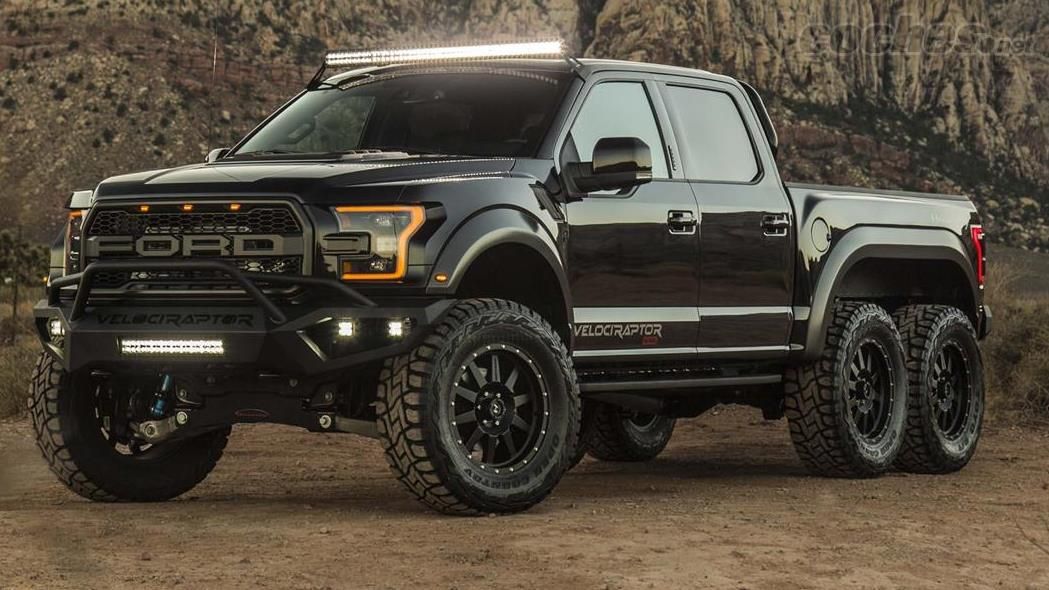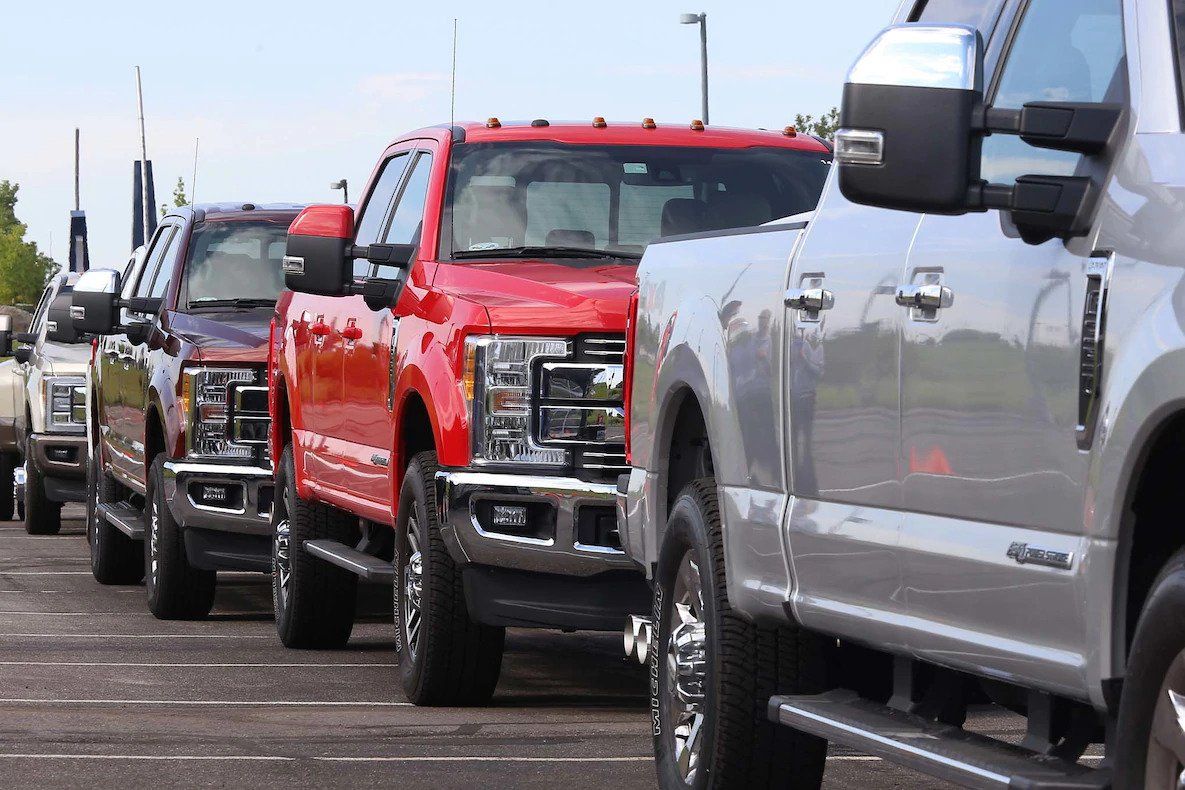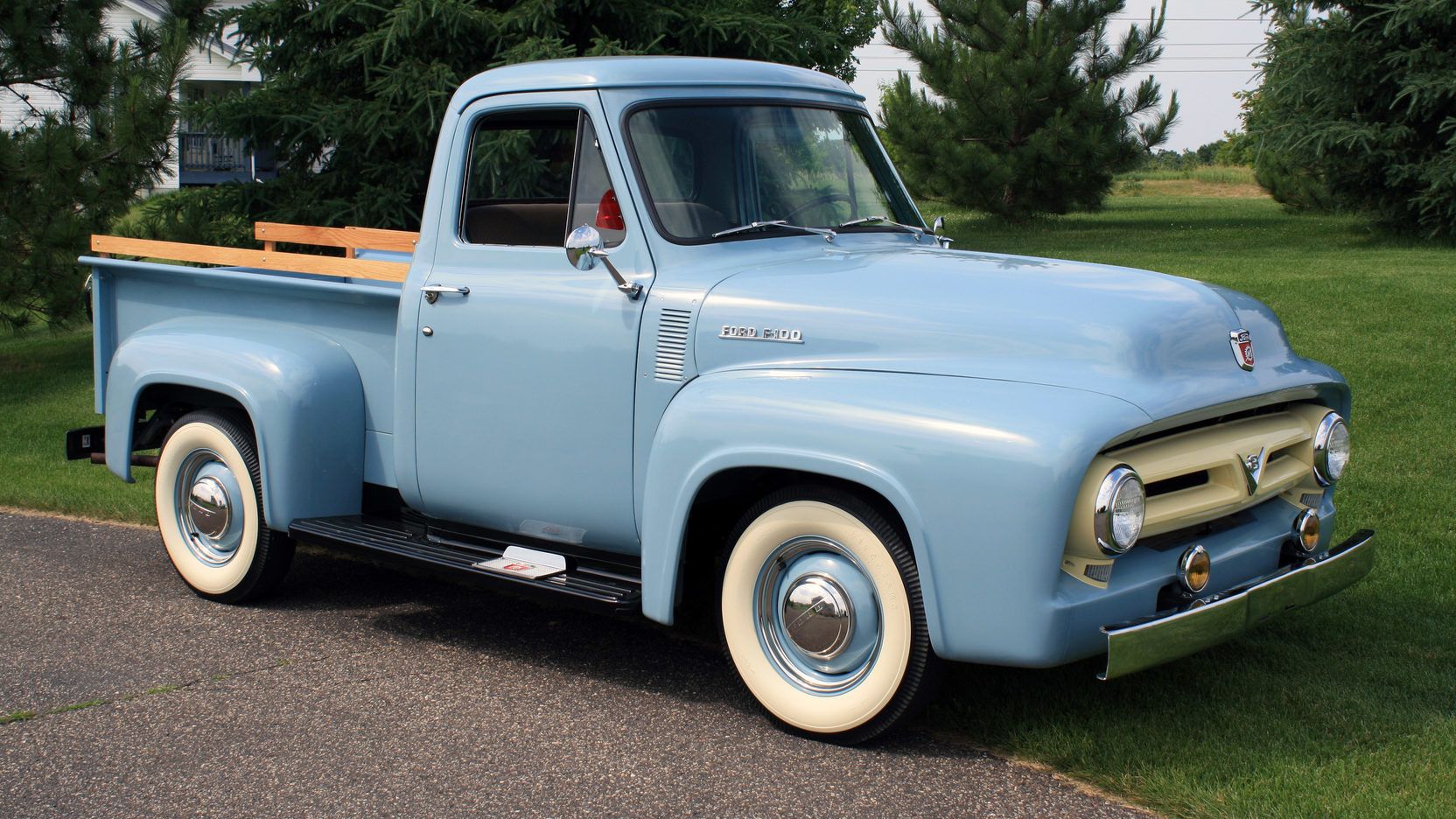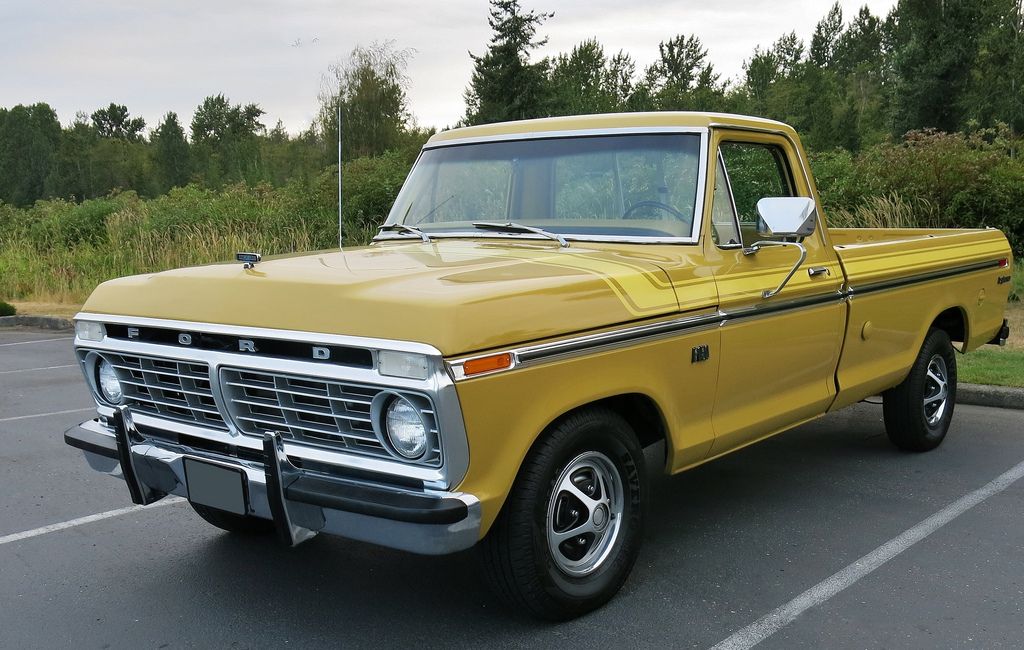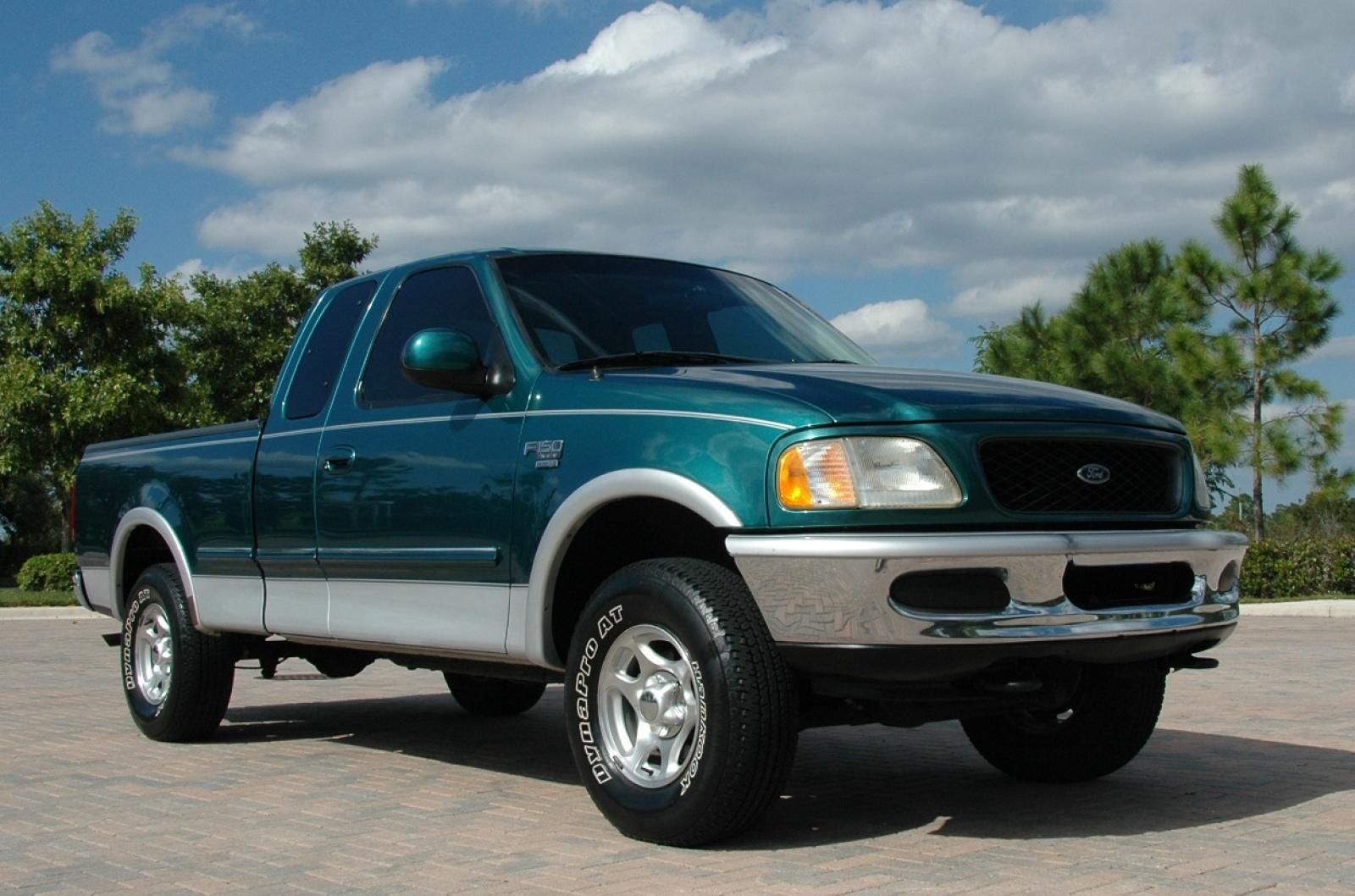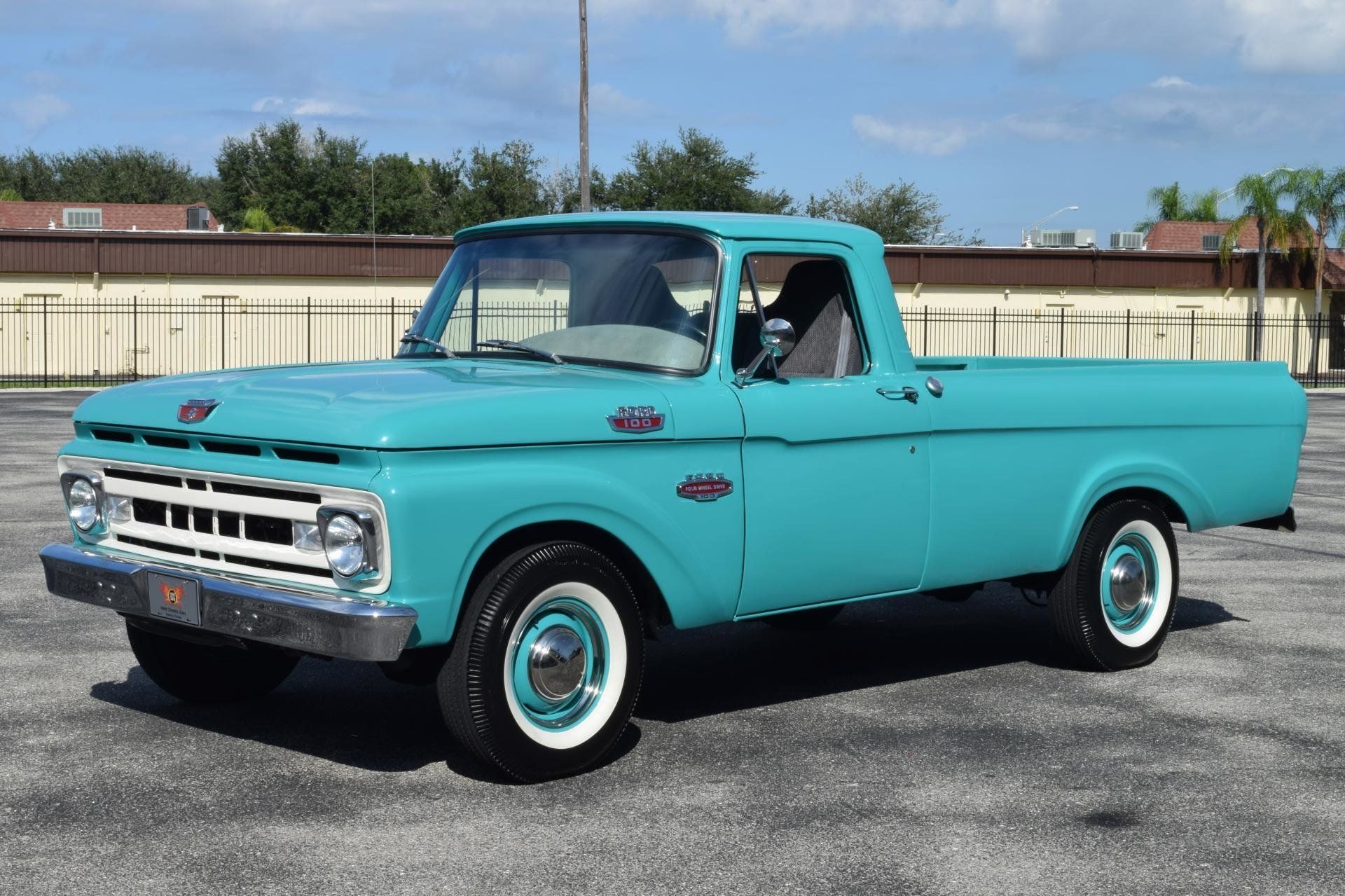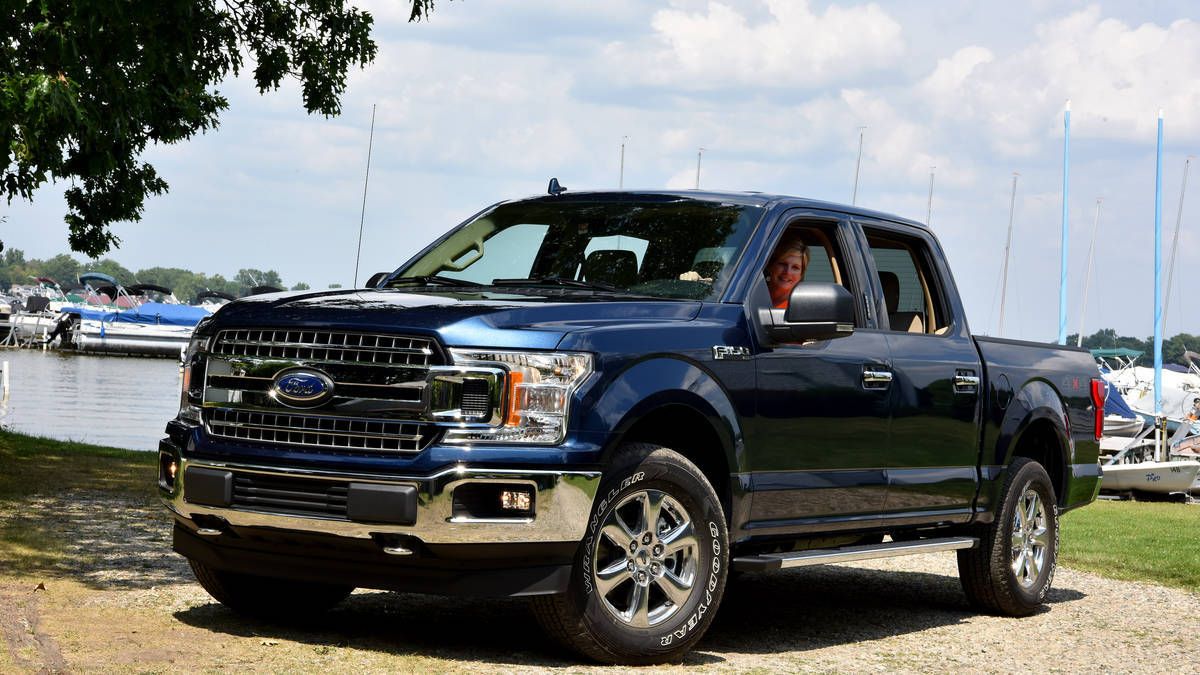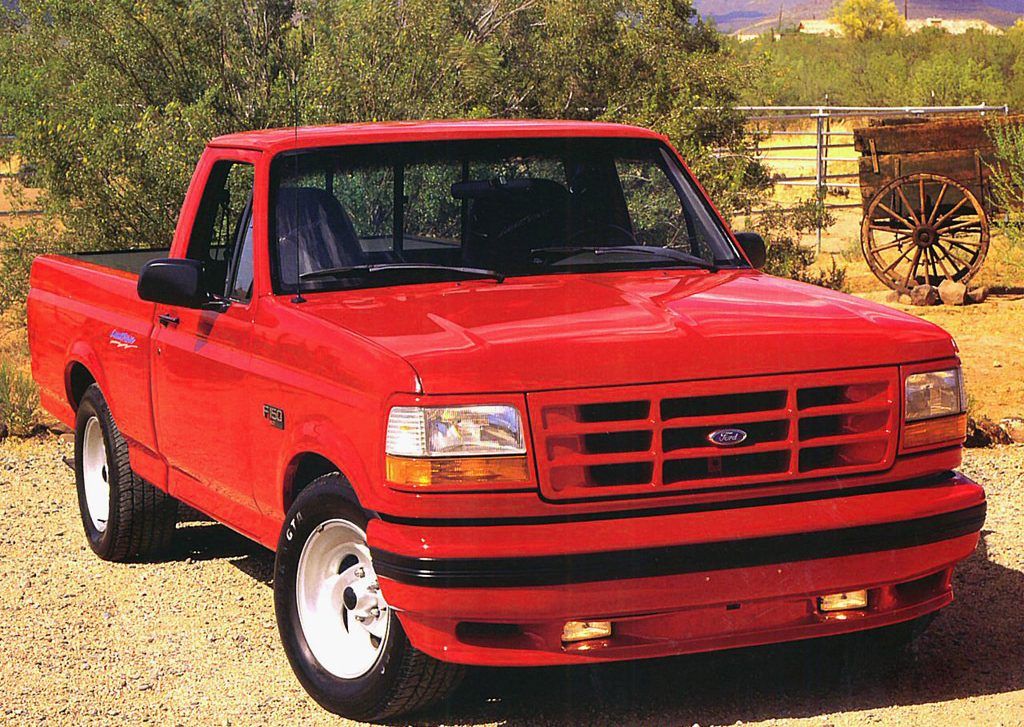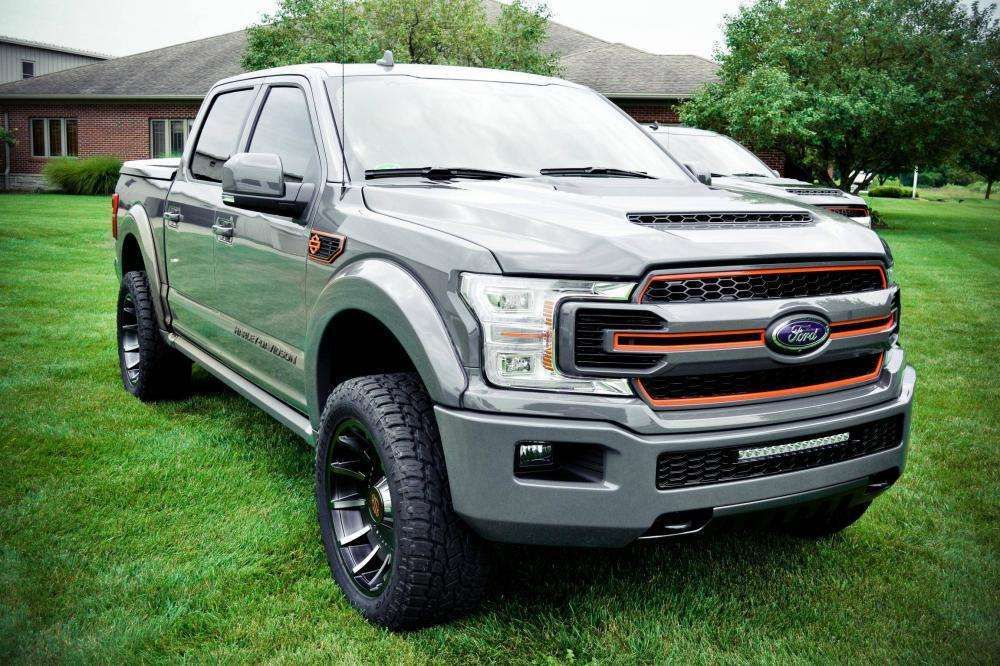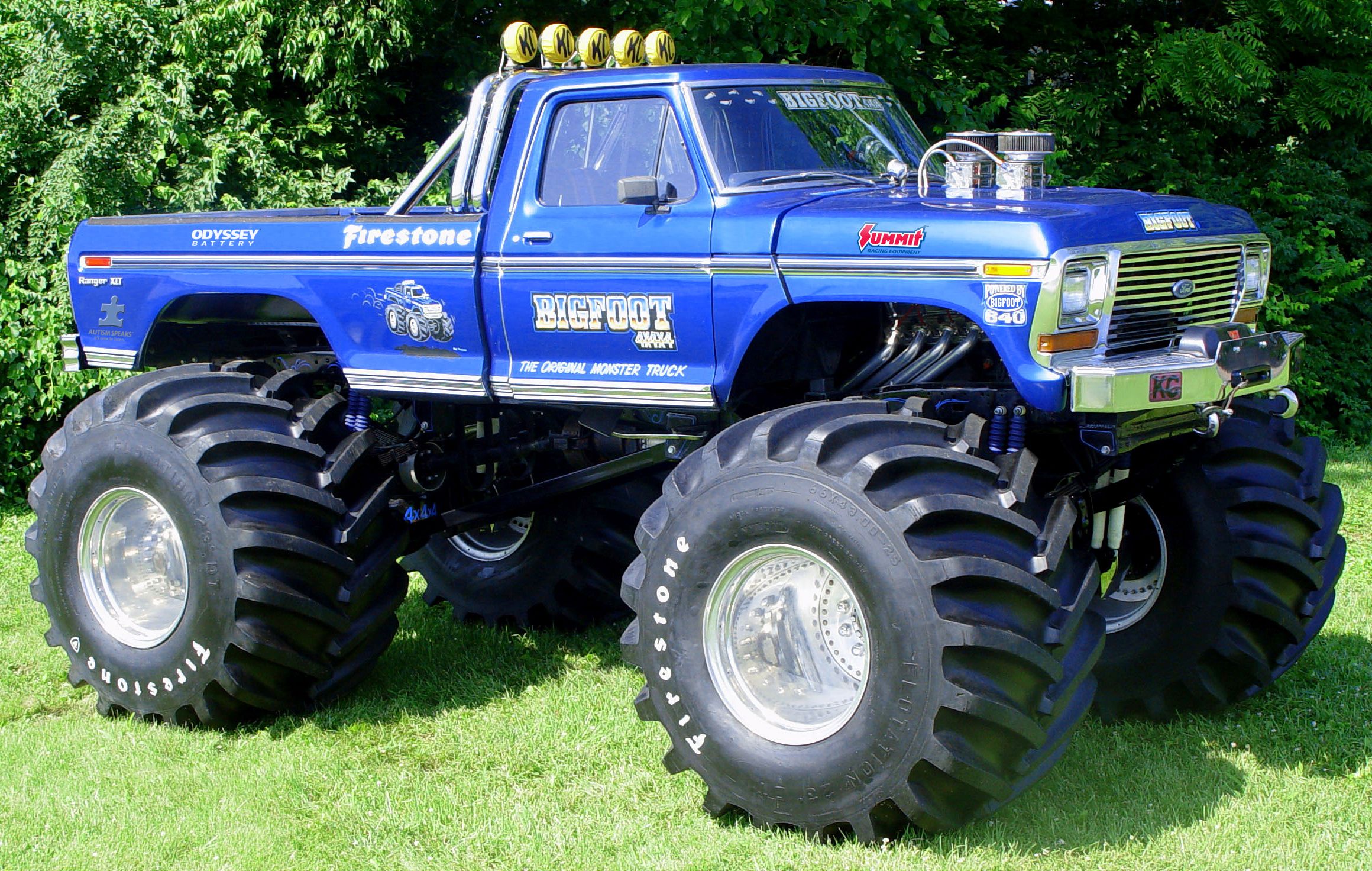Generations of truck owners in the United States have relied on the Ford F-150 to start up every morning, get them where they are going, and do what needs to be done. The pickup truck is useful in all kinds of tasks, like hauling farm equipment, towing a vacation trailer, carrying drivers and passengers on an exhilarating off-road romp in the mountains, or just plain transporting workers to the office.
Drive down any road in the United States (and many other countries), and you will spot at least a handful of Ford F-150 pickups. They are everywhere, having been the country’s bestselling truck for years. The evolution of the F-150 during its long history has kept the Ford Motor Company at the center of the automotive universe for nine decades. And while the Model T introduced the middle-class public to the automobile and is responsible for making cars a critical part of our culture, the F-Series pickups may be just as important.
A look at the features and extraordinary capabilities of the latest F-150 models is a review of technological advancements, many of which were developed by Ford, that have helped the automotive industry as a whole evolve over a long history.
With nearly all-aluminum construction, the 2018 Ford F-150 offers a variety of fuel-efficient powertrains with four V6 engines that produce from 290 to 450 horsepower, alongside a single V8 with 395 horsepower. All that power gives it a maximum tow rating of up to 13,200 pounds and a maximum payload of 3,270 pounds with supportive features like a tailgate LED, and a remote release tailgate. In addition to these features, among others, a Highway Safety 2017 Top Safety Pick rating makes the current F-150 a top choice.
From the first F-Series truck in 1948 to the latest model, here are 25 surprising facts you might have never known about Ford’s F-150 pickup.
25 Ford Sues Ferrari over F150 Name
In 2011, Ford Motor Company filed a complaint at the US District Court in Detroit against Ferrari over the Italian carmaker's name F150 for its new Formula 1 racing car. Ford argued that the trademark infringement detracts from its own F-150 brand of best-selling pickup trucks.
Ford also claimed that the Ferrari F150 logo was too similar to its F-150 logo.
However, Ferrari responded by altering the name of its new car to "Ferrari F150th Italia" to avoid dispute. The new, "complete" name referred to the 150th anniversary of Italy's unification. Furthermore, Ferrari assured Ford that the "[F150] never has, nor ever will be used as the name of a commercially available product - indeed there will definitely not be a production run of single-seaters."
24 The F-Series Was Also Sold as the Mercury M-Series
Sold as a rebadged Ford F-Series pickup, the Mercury M-Series was sold primarily in Canada from 1946 to 1968. The M-Series followed their F-Series counterparts but differed mostly in exterior trim. During the booming post-war times, dealers needed to sell pickups.
The M-Series trucks were necessary for Canada as some small towns only had room for either a Mercury or Ford dealer, but not both.
For 1961 to 1966, the only interior nameplate Mercury trucks displayed was a gear-lightning bolt symbol on their horn button. For model years 1967 and 1968, trucks used only Ford’s interior trim, such as the radio block-off plate, dash cluster bezel, and horn button. In 2010, Ford announced the discontinuation of the Mercury division.
23 New F-150 Made Every 53 Seconds
Ford currently employs 7,500 workers on three shifts at its Rouge plant in Dearborn, Michigan. One F-150 pickup truck rolls off the assembly line every 53 seconds. "To us, it's more than a factory," Ford's Executive Chairman Bill Ford said, "It's a source of pride for generations of workers who have built the best cars and trucks in the world.” Ford Motor Co. also has plans to build the upcoming hybrid version of its F-150 pickup at the Rouge plant. Announced in 2015, the vehicle will feature a gasoline-electric motor that can double as a mobile generator.
22 More Power with a Smaller Engine
In 1948, Ford offered the F-Series trucks with either the straight-six or the iconic Flathead V8. Chevy and Dodge offered only the straight-six engine that year. Ford dominated the V8-powered truck market until Dodge entered the category in 1954 followed by Chevy in 1955.
In the years to come, from the SVT Lightning F-150 to today’s Raptor, Ford trucks have always packed a punch, continuing their track record of building pickups that often outperform their competitors.
Today, the naturally-aspirated V8 is still an option for the F-150—specifically, a 5.0-liter TI-VCT V8 producing a robust 395 hp and 400 lb.-ft. of torque. But with stricter fuel economy standards, Ford is leading the way with smaller engines that pack some power, as well. Ford’s 2.7-liter EcoBoost V6 generates an impressive 325 hp and 375 lb-ft of torque.
21 The F-100 Snakebit is a GT500 With a Truck Body
KISS bassist Gene Simmons and his wife, actress Shannon Tweed, partnered up with Ford to produce a custom F-100 pickup truck, named "Snakebit," Unveiled at the 2013 SEMA show in Las Vegas, the pickup is a combination of the classic F-100 and the parts that make the modern Shelby GT500 go fast: a supercharged, 5.4-liter Shelby V-8 engine that delivers 550 horsepower to the 20-inch rear wheels through a six-speed manual transmission. The pickup also features a high-performance exhaust system, custom headlights and sequential taillights, two-tone leather upholstery, and handmade panels. Sold at auction for $450,000 in 2014, all the proceeds from the Snakebit went to charity, the Children's Hospital of Saskatchewan.
20 Four-Wheel Drive Option in 1959
Ford Motor Company is credited with producing the first well-known pickup truck. In 1925, Henry Ford introduced the factory-produced Ford Model T Runabout with Pickup Body. The first inventor of four-wheel-drive, however, is a subject for debate. Some sources attribute the invention to Ferdinand Porsche, the same man who later created the company that would produce some of the best sports cars ever made. Porsche supposedly developed a four-wheel-drive feature for Jacob Lohner, an Austrian truck manufacturer, in 1900. Ford waited until 1959 before it offered the light-duty truck-buyer a factory-built 4x4 feature. Previously, purchasers of Ford trucks who wanted a 4X4 had to purchase a third-party conversion from manufacturers such as American-Coleman, Napco, or Marmon-Herrington.
19 Ford Offered Camper-ready Trucks in the 1960s
In the mid-1960s, a Ford pickup could be ordered already set up to hold a camper. In 1967 Ford ran this ad:
“Nobody knows better than Ford how punishing farm life can be on a pickup. That’s why Ford’s heavy-duty Camper Special is so suited to today’s farm needs. Fitted with such equipment as tough 10-ply rear tires, 2400-lb. rear springs, extra-capacity radiator, 55-amp alternator, and hefty 300 Six or 352 V-8, this Ford 250 is as rugged as they come. And when you take all this muscle and put it on a 131-inch wheelbase—big enough for even a 10 ½-foot camper—you know you have a reliable pickup that’ll go anywhere. And too, Ford offers a roomier, more comfortable cab than ever. And with famous Twin-I-Beam independent suspension, you’re sure of mile after mile of fatigue-free comfort…”
18 Best-Selling Truck for More than 40 Years
The Ford F-Series truck (now the F-150) has been the best-selling truck in America for more than 40 consecutive years. Even more impressive, it has been the best-selling vehicle of any type in the U.S. for the past 35 years. It has even consistently outsold the ever-popular imports, Toyota's Camry and Honda's Accord. Last year, over 780,000 F-Series trucks left the factory. Compare that to the Ford Mustang, with sales of over 120,000 last year. People buy new pickup trucks for many reasons. They offer a great view, are fuel efficient, offer a smooth ride, are safe, handle well in the winter, are always ready to haul a load, and they are affordable. A pickup truck has a lot to offer, and the F-150 leads the pack.
17 $100 Million per Day
As of May 2018, F-Series truck sales alone generated $100 million per day. Ford reported that consumers in North America spent $41.25 billion on F-Series trucks in 2017. Incredibly, the trucks have generated more revenue than McDonald’s, Coca-Cola, Allstate, Nike, American Airlines, Merck Pharmaceuticals, Best Buy, Allstate, Rite Aid, and Macy’s.
F-series truck sales, at $41 billion, even exceed the gross domestic product output of many entire countries, including Iceland, Bolivia, and Jordan, among others.
In 2017, Ford sales totaled 2,475,556 vehicles, making Ford the best-selling brand in the United States for the eighth consecutive year. F-Series sales increased 9.3 percent (to 896,764 trucks sold) representing over thirty-six percent of all Ford sales.
16 Most Expensive F-150 Made
Starting at $349,000, Hennessey Motorsports' VelociRaptor 6x6 is the most expensive F-150 made. Based on the 2017-2019 F-150 Raptor, the six-wheeled, six-wheel-drive pickup is an exercise in ridiculous excess that borders on the absurd. It includes an upgraded Fox suspension system, 6X6 with locking rear axles, unique front and rear bumpers, LED lights, and 20-inch wheels with off-road tires. The power and performance of the VelociRaptor are exceptional, with an upgrade for the 6X6 that includes twin-turbochargers, a finely tuned stainless-steel exhaust system, an upgraded front-mounted air-to-air intercooler, and an optimized factory computer. It all adds up, boosting performance to 600+ horsepower. With many other upgrades available like Brembo front and rear brakes, larger tires and wheels, electronic enhancements, and an armoring system, who knows how high the price can go?
15 Bumper to Bumper Over 4,000 Miles
During its over 40-year history of producing the F-series trucks, Ford has sold enough of them to circle the earth more than three times. In 2017 alone, F-Series truck sales numbered more than 1,052,650.
If lined up bumper-to-bumper, the line would stretch over 4,000 miles, all the way from Los Angeles to New York, and most of the way back again.
On average, Ford sells a staggering 2,885 F-Series trucks every day, significantly more than GM’s Silverado and Sierra combination (at 1,935), and Ram’s count of 1,647. At the low end of the sales chart, Nissan's Titan and Toyota's Tundra move a mere 15,000 units combined per month.
14 Longest Running Component
Since Ford began production of the F-Series pickup in 1948, the component parts have evolved and changed drastically to provide new features and enhance performance. Hundreds of different engines have been used including 4-cylinders, 5-cylinders, 6-cylinders, and even 3-cylinders.
Suspension systems have been modified to improve handling, and of course, body panels have been reshaped to meet new styling requirements.
However, one component remained nearly unchanged during a 26-year period, from 1953 to 1979. The rear fenders on the narrow-box Stepside bed were a constant. Anyone restoring an F-Series Stepside pickup made during the period would have an easy time finding replacement fenders at a junkyard, with so many model years from which to choose.
13 First F-150 Debuted in 1975
The F-Series line began in 1948, with trucks ranging from the half-ton F-1 to the industrial-strength, three-ton F-8. Despite its name, the F-1 never participated in a Formula 1 race, but quickly became a favorite of small business owners and farmers. In 1953, the F-1 became the F-100, and twenty-two years later, in 1975, Ford introduced the half-ton F-150 to fill the gap between the F-100 and F-250. Ford continued to offer its standard, 300-cubic-inch inline-six through most of the lineup. SuperCabs were offered with the 360ci V-8, while the three-speed manual served as the standard gearbox in most two-wheel drive applications. This mid-range F-150 pickup quickly became the public's pickup of choice and was instrumental in the F-Series becoming the best-selling pickup in the U.S. for 1977.
12 The F-Series Innovation
Throughout its rich history, the Ford Motor Company has been an innovator. It started with Henry Ford’s development of the assembly line technique of mass production in 1913 that made the automobile affordable for the middle class. Ford has consistently worked to improve its trucks by incorporating feedback from truck owners and developing innovations that help them tackle the toughest jobs. These innovations have given Ford truck owners more hauling and towing capability, more powerful and fuel-efficient engines, and driver-assist technologies that improve safe operation. Just a few of these innovations include the extended cab, implemented on the 1978 F-150, the nearly all-aluminum 10th-generation models in 2015, and the new, fuel-saving 10-speed automatic transmission introduced for 2017.
11 The F-Series Unibody Mistake
Although the Ford Motor company has introduced numerous innovations in its F-Series Pickup truck line, not all of them were successful. In 1961, Ford introduced unibody construction to the F-Series. The one-piece design was a disaster that threatened to leave some severe cricks and crags in the F-Series' lineage. Buyers discovered shortly after purchasing their pickup that heavy cargo placed in the unibody trucks caused the one-piece body to flex with unpredictable results. Some unibody owners with fully loaded trucks discovered that the sills distorted enough to jam the doors shut. Other owners tell tales of a fully-laden truck that twisted badly enough to pop a door open when crossing railroad tracks. With age, the load-bearing bodies began to perforate, accelerating corrosion and promoting other related maintenance issues.
10 The Green F-150
A green vehicle is a clean and environmentally-friendly vehicle that has a less harmful impact on the environment than comparable conventional vehicles using gasoline, diesel, or certain alternative fuels. Bill Ford, executive chairman of Ford Motor Company, said that the futuristic F-150 hybrid is "... going to be a truck that takes you farther without sacrificing power and a truck that helps you do more when you get there, with electricity for everything from your tools to your camping gear." Experts estimate that Ford will go beyond the hybrid vehicle and offer the F-150 in a fully-electric format by the middle of the next decade.
9 The Ranger Started as an Edsel
The Ford Ranger nameplate has been used on three distinct vehicle model lines sold by Ford. In 1958, the name originated as the Edsel Ranger, a base model sedan of the Edsel range. It became the only sedan for the final 1960 model year. Ford ended the Edsel program in November 1959. From 1965 to 1981, Ranger signified various mid to top-level trim packages of the Ford F-Series and the Ford Bronco. In 1983, Ford replaced the Courier in North America with its own compact pickup truck, using the Ranger name. In global markets, all compact Ford trucks were named Rangers by 2006.
8 Ford F-150 Lightning Was a Street-Sport Truck
The first SVT Lightning was a single cab, high-performance F-150 pickup with aerodynamic body styling, a luxe interior, and a lot more power under the hood than the standard model. Initially available from 1993 through 1995 with a 5.8-liter Windsor V8 producing 284 horsepower, the Lightning was offered only with an automatic transmission.
A modified chassis added rigidity to handle the increased power.
The Lightning had a small production run, and demand quickly outstripped supply. After a three-year hiatus, the Lightning came roaring back for 1999 boasting a supercharged 5.4-liter V8. Produced through 2004, the Ford muscle truck accelerated from 0 to 60 mph in a nimble 5.2 seconds.
7 Harley-Davidson Edition F-150
Ford offered a Harley-Davidson Edition of the F-150 in the 1990s and into the 2000s. It featured shiny chrome trim and black leather in tribute to the iconic motorcycle manufacturer. The driving experience was unique, according to Motor Trend: “Have you ever stepped inside a vehicle that changes your mood or alters your perception of reality. Every time I got behind the wheel of the 2012 Ford F-150 SuperCrew Harley-Davidson Edition the repeated thumping of ‘Born To Be Wild’ by...Steppenwolf would play over and over again in my head. The feeling of being some sort of [renegade] lone rider wondering the world -- following the asphalt where ever it may take me with the wind in my hair and the drone of a deafening exhaust underneath me.”
6 The Original Bigfoot Monster Truck Was an F-250
Bob Chandler was just a Missouri off-road enthusiast when he had difficulty finding durable replacement parts for his 1974 Ford F-250 in the local market. The experience prompted Chandler to open a four-wheel-drive shop, and he built a truck to promote his business that became known as “Bigfoot.”
Originally, the “Bigfoot” moniker was given to Chandler himself, in reference to his heavy-footed driving style that frequently taxed parts beyond their limit.
Chandler continued to invest money into the shop’s promotional truck, though. As its components kept getting larger and more outrageous, Bigfoot seemed like a more suitable name for the truck than the driver. Chandler and Bigfoot made their first paid public appearance in 1979 at a car show in Denver, Colorado.



